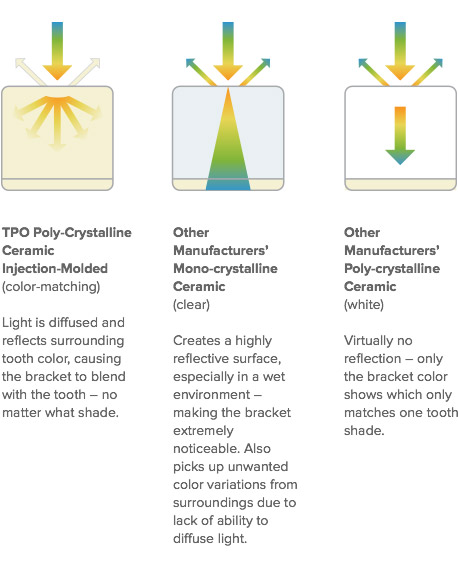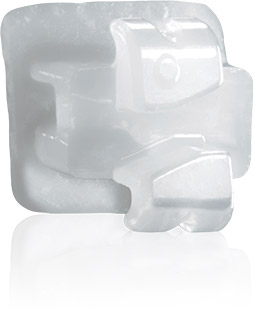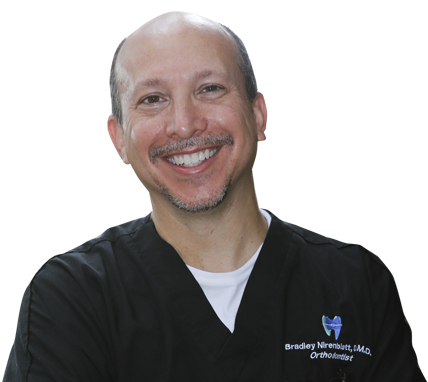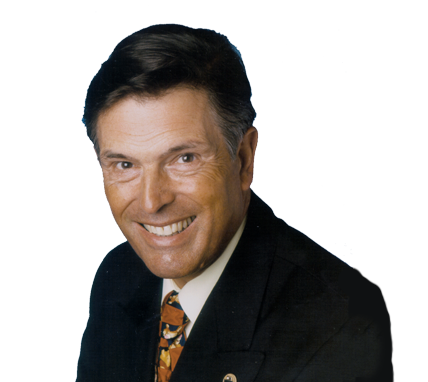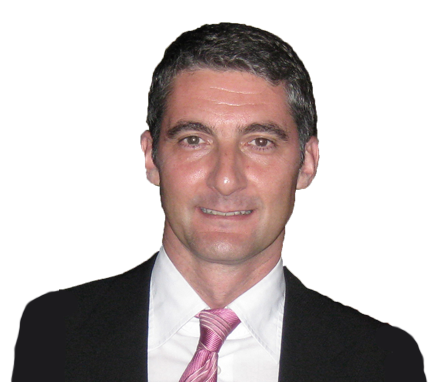For more than 10 years, I have chosen Tip-Edge PLUS to meet the most stringent requirements. Because of its small, single wing design the bracket system has plenty of inter-bracket width, allowing engagement of crowded teeth early on and easily in treatment.
Tip-Edge® PLUS Aesthetic Brackets
Overview
Versatility. Comfort. Proven results.
Until now, all preadjusted brackets were only “adjusted” for final tooth angulations. This requires increased force levels during early treatment, causing unnecessary loss of anchorage. Tip-Edge PLUS brackets have a patented design that allows treatment to be programmed from start to finish. The unique design of Tip-Edge PLUS brackets makes treatment more comfortable for patients and reduces the number of treatment visits necessary.
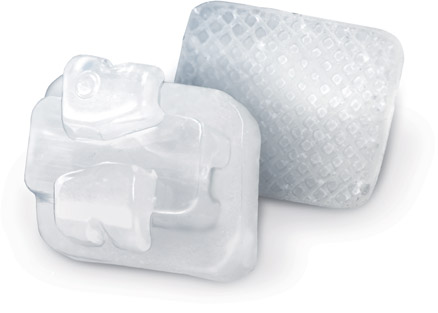
Engineering
Gentle movement
Teeth move with little anchorage strain, and without headgear or implants. Treatment can move from 0.41mm (.016″) to 0.56mm (.022″) stainless steel archwires in a single step. The addition of a horizontal tunnel permits mesiodistal uprighting and torquing from the power of a small, round, super elastic auxiliary wire eliminates the need for individual uprighting springs and torquing auxiliaries. As a result, you can expect the following when treating with Tip-Edge PLUS Aesthetic Brackets:
- Overbites reduced early in treatment, irrespective of canine angulation
- Large overjets treatable without headgear
- Improved vertical control – archwires are not flexed during retraction or space closure
- All changes, both dental and skeletal, are achieved with relative light (1-3 ounce) forces
- No play between archwire and slot at the finish
- Hands-off finishing powered by super elastic wires through deep tunnels and controlled by full-size, stainless, rectangular archwires
- Highest quality results with fewer appointments and archwire changes
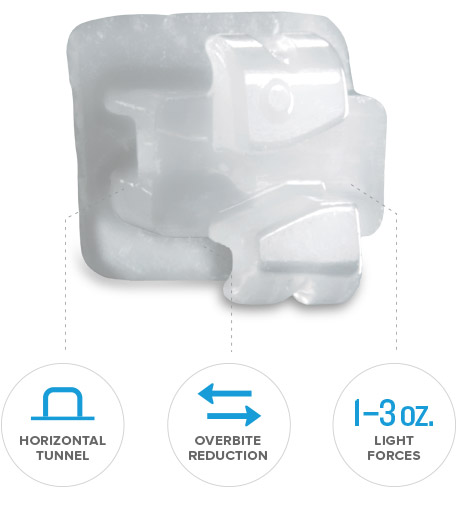
Reduced Inventory
Tip-Edge PLUS Aesthetic Brackets can reduce your inventory since Side-Winder springs will only be required for midline adjustments and as a braking mechanism. That means fewer products on the shelf because three or four preformed uprighting wires (0.30mm/.012″ or 0.36mm/.014″) are usually all that is required to achieve final tips and torques. Since there is no need to remove and replace uprighting springs when modifying the main archwires, your chair time is reduced too.
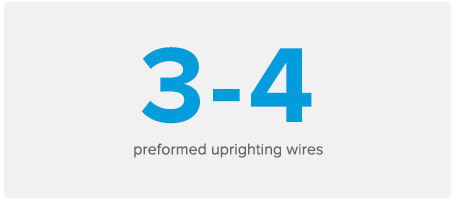
Positive patient experience
Since individual uprighting springs have been eliminated, potential food traps have been reduced and patient brushing simplified. Because the brackets have a sleek, streamlined look, your patients will experience greater comfort and a more pleasing smile. What’s more, lip irritation is minimized and removal or damage to springs from noncompliant patients is completely eliminated.
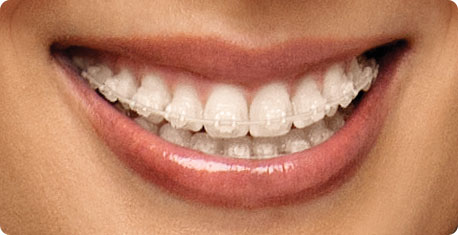
Aesthetics
The perfect match for any patient
Only TP Orthodontics Aesthetic Brackets feature an exclusive Personalized Color-Matching Technology. Brackets absorb wavelengths of light and blend to adjust to the color of the teeth they’re on.
What does it do?
- Proprietary ceramic material closely duplicates optical properties of natural teeth
- Absorbs certain wavelengths of light, allowing only natural tooth color to show
- Creates look of transparency that matches virtually any tooth color

How does it work?
Optical properties, including color and translucency, vary widely among patients’ teeth. The high density ceramic material consists of microstructural elements that are specially engineered to provide a perfect combination of these optical properties. When light and color are diffused by the bracket, the bracket blends with the surrounding enamel – causing it to be visually imperceptible.
Research-proven
When compared with 18 different brackets, the TPO bracket with Personalized Color-Matching Technology was the only brand that showed a good relationship with the color of natural teeth regarding all color parameters. It was also the only brand rated as “visually imperceptible”. 1
1. Influence of optical properties of aesthetic brackets (color, translucence, and fluorescence) on visual perception; Hibernon Lopes Filho, Lúcio E. G. Maia, Marcus Vinicius A. Araújo, and António Carlos O. Ruellas; Rio de Janeiro, Brazil (Am J Orthod Dentofacial Orthoepy 2012; 141:460-7). Copyright by the American Association of Orthodontists 2012.
